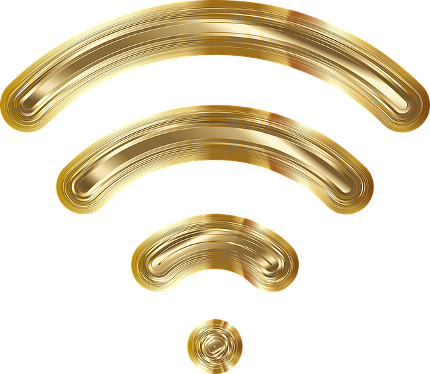Wi-Fi standards and the maturation of network protocols.
What are Wi-Fi standards?
Synonymous with language, at the core Wi-Fi standards are a set of protocols that define how wireless networks operate and communicate. They determine the speed, range, and overall performance of a Wi-Fi network. Updates often improve speed, add range capability, and increase reliability which improves the user experience on smart devices. Conforming to these standards ensures devices and networking equipment remain compatible with each other.
Why is there more than one Wi-Fi standard?
The best way to understand history is to trace the progression. The original standard IEEE 802.11 from 1997 is now obsolete. 1999 saw the introduction of two sets of standards. Wi-Fi 1 (IEEE 802.11a) introduced the newer 5GHz radio frequency. Wi-Fi 2 (IEEE 802.11b) remained on the 2.4GHz radio frequency and was the change that encouraged the adoption of Wi-Fi alongside the traditionally wired solutions. This is also when naming standards changed to more consumer-friendly Wi-Fi (#).
Widespread adoption came in 2003 with Wi-Fi 3 on the more reliable 2.4GHz radio frequency band with speeds of 54 Megabits per second (Mbps). Wi-Fi 4, introduced in 2009, was the first to operate on both the 2.4GHz and 5GHz frequency. It also delivered speeds up to 600 Mbps thanks to multi-channel capability.
Wi-Fi 5 was released in 2014. Delivering speeds up to 1,300 Mbps this standard was quickly adopted by the burgeoning smart home device industry. In 2019 Wi-Fi 6 and continuing in 2021 with Wi-Fi 6E the landscape significantly changed again with speeds of 10 Gigabits per second (Gbps). The addition of the 6GHz frequency further improved the smart device user experience.
Adoption of Wi-Fi 7 with speeds up to 40 Gbps in devices began in 2024 and continued in 2025. Wi-Fi 8 is in development and will be focused on user experience reliability. There is no release date published, but you can be sure that it will be the new standard shortly after its release.
When will Wi-Fi standards matter to me?
Multiple devices can communicate without restriction when they use the same Wi-Fi standard. When different Wi-Fi standards are used there are potential issues. Also, Wi-Fi 1 and Wi-Fi 2 are quickly nearing the end of life.
Every new smart device that you buy will adhere to one of the Wi-Fi standards. That device will only operate using the standard it has. So, if you buy a Wi-Fi 6 capable router and have a smart phone that has a Wi-Fi 4 standard you will be limited to Wi-Fi 4 speeds. If you then add a Video Doorbell with Wi-Fi 6 as a standard that device will experience Wi-Fi 6 speeds. Alternatively, if you have a router with Wi-Fi 5 capabilities the new smart phone and smart camera with Wi-Fi 7 capabilities you bring home this season will only enjoy Wi-Fi 5 speeds.
If you have home automation and technology questions, contact us at 978-969-0496!


